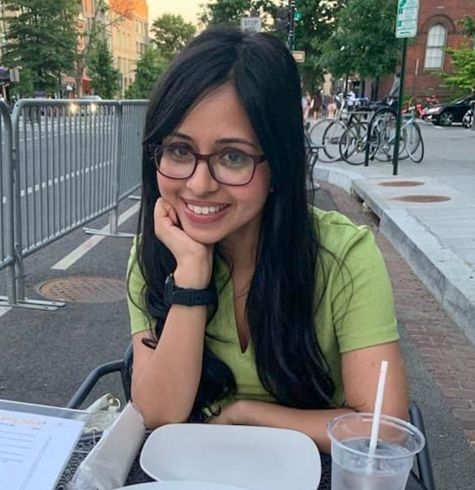Early Career Scientist Spotlight
Dr. Priyarshini Ghosh (she/her)
Nuclear Astrophysicist
Astroparticle Physics Laboratory (661)
How did you end up working at NASA Goddard?
Towards the end of my PhD study in nuclear engineering, where I specialized in neutron and gamma-ray detection, I was searching for the perfect project to graduate into, but had pigeonholed myself into terrestrial projects only. One day, my mother suggested to me that I look at NASA’s projects, and I plucked enough courage to e-mail Dr. de Nolfo, a Mission Scientist for the Interstellar Mapping and Acceleration Probe (IMAP), asking if I could help out with her work. Today, she is my mentor.
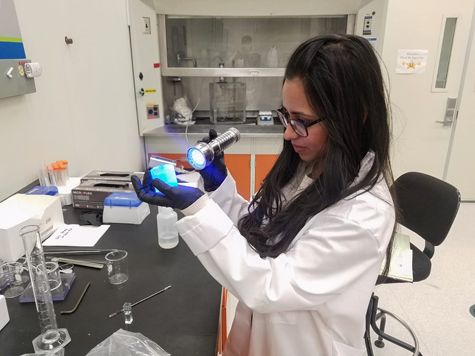
Credit: My supervisor, Dr. Catherine Riddle
What inspired you to pursue a career in radiation astrophysics?
As a child, my father used to take me to my city’s planetarium (in Calcutta, India) and would buy me books about space. Ever since then, I wanted to become a scientist, and I was especially fascinated with atomic physics. Pursuing a degree in nuclear engineering made me reflect on the scientific questions I would ponder as a child, and I especially enjoyed telling my friends and family about the intricacies of particle physics. Being able to apply these skills in astrophysics has been very fulfilling.
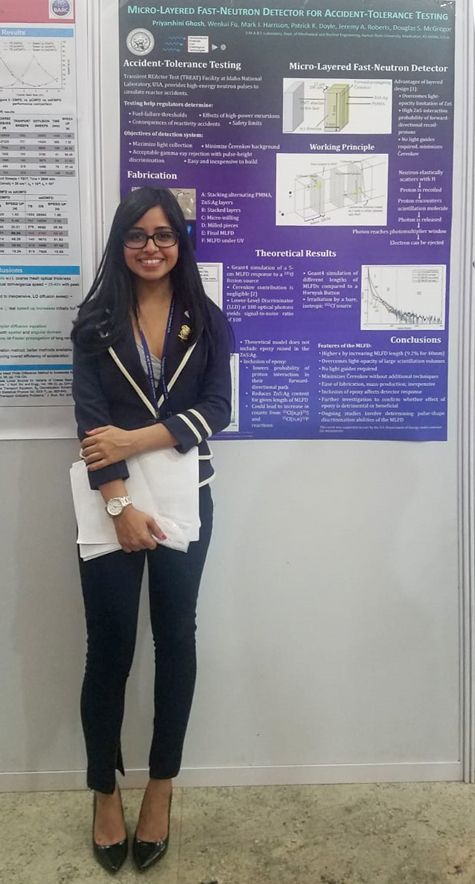
Credit: Debanshee
What is your research focus?
Much like my myopic vision, we have a very blurry view of our galaxy. There are galactic bodies and phenomena that we have never studied or that we understand poorly, because they need a pair of eyes that can ‘see’ radiation beyond the visible spectrum. Actually, it is more like we are blindfolded, and have only our sense of touch to ‘detect’ the surroundings, and then our mind’s neurological network forms an image of the perceived environment. Only, instead of our senses, we have cosmic-radiation detectors in balloons (such as SuperTIGER), on board the International Space Station, and now even outside Solar System (Voyager 1 and 2), and in place of neurological networks we have models that decode the data from these detectors. I am currently working on one such model, called GALPROP. To identify the subtlest features of the galaxy, models must have the most recent data of nuclear reaction probabilities, or cross-sections. My work involves proposing new experiments to determine cross-sections of reactions that are currently unavailable, and to then incorporate such data for all elements from hydrogen to lead, for calculation of galactic elemental abundances. So, in summary, I am trying to build a good pair of eyeglasses so the galaxy becomes a little less blurry.
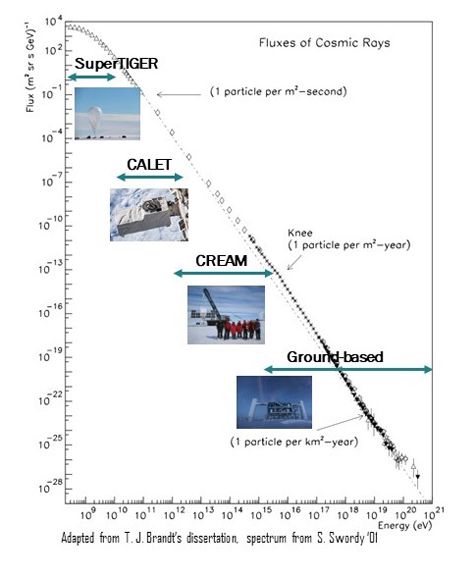
Credit: Priyarshini Ghosh for INT conference, Seattle, 2021.
What skills are most useful to you in your work, and where did you develop those skills?
In my current work, it is important to be skilled in C++ programming in order to write the model’s code, and to have extensive knowledge in radiation detection for developing the model’s physics. I have used C++ throughout graduate school to model radiation propagation in detector materials. I developed experimental skills of detector fabrication, testing, spectral analysis and pulse analysis during my PhD in nuclear engineering.
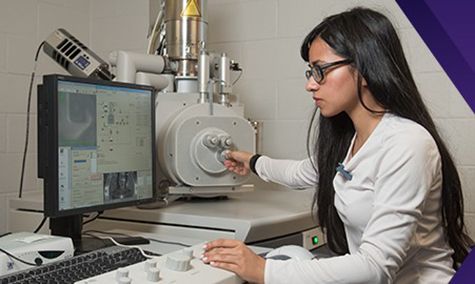
Credit: KSU Photo Team
What aspects of your work excites you the most?
Whenever experimental and theoretical data don’t agree, even after checking every nook and cranny—this point in time feels like one is at the brink of discovery. It is like a fairytale ending, or rather, beginning.
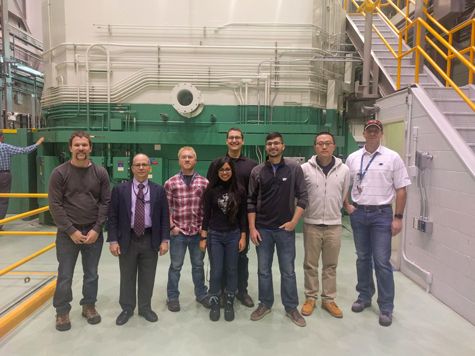
Credit: INL Personnel
What research accomplishments are you most proud of?
Whilst in graduate school, I was doing an internship at Idaho National Lab. I was tasked with selecting a suitable thermal-neutron material for a detector called SHINE. At the end of three months, my supervisor and I had created a first-of-its-kind gel-based quantum dot neutron detector! It can take any shape of form, and the detection material is quantum dot, which is an up-and-coming frontier in radiation detection. The detector is currently in process of being patented. I cannot wait for the detector to break new ground!
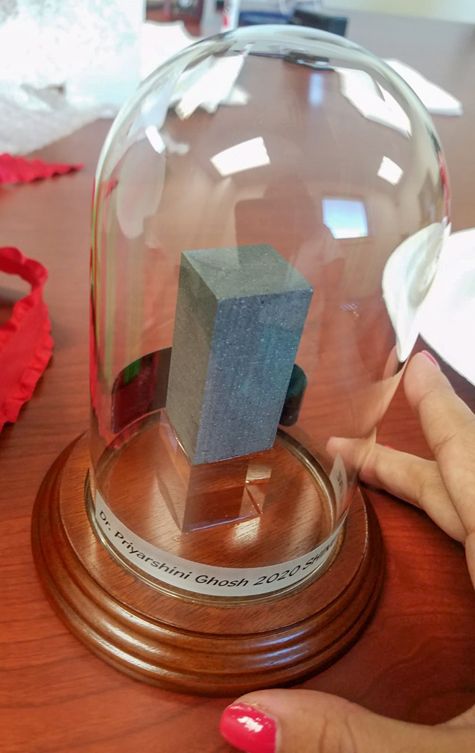
Credit: Priyarshini Ghosh
What do you like to do in your free time?
In my free time, I write fiction, and sometimes also non-fiction essays, some of which have been published by American Nuclear Society’s Nuclear News Magazine, and others have been published in the print version of India’s daily, The Statesman.
Biography
Home Town:
Calcutta, India
Undergraduate Degree:
Bachelor’s in Chemical Engineering, Birla Institute of Technology, India
Post-graduate Degrees:
PhD in Nuclear Engineering, Kansas State University
